Upgrading your car’s audio system is one of the easiest ways to enhance your driving experience. Whether you're an audiophile or someone who simply enjoys better sound quality while on the road, there are several simple and affordable upgrades that can make a huge difference. In this article, we’ll walk you through the top five car audio upgrade tips that anyone can do.
1. Upgrade Your Car Speakers
The first and most obvious upgrade to make is replacing your car’s stock speakers. The factory-installed speakers are often low quality and cannot produce the rich, clear sound that aftermarket speakers can. Replacing them with higher-quality speakers will dramatically improve your listening experience. When shopping for speakers, look for ones that match the specifications of your car’s audio system, including the correct size and impedance.
You can choose from a variety of speaker types such as coaxial speakers (which combine the woofer and tweeter into one unit) or component speakers (which separate the woofer, tweeter, and crossover). Component speakers typically deliver superior sound quality, but they require a more complex installation. If you want a quick and easy upgrade, coaxial speakers are a great option.

2. Install a New Head Unit or Car Stereo
Your car’s head unit (stereo) is the brain of your audio system. If you’re still using the factory-installed radio, upgrading to an aftermarket head unit can be one of the most noticeable improvements. A new head unit can provide better sound processing, more features, and a wider range of audio settings that allow you to fine-tune your music to your preferences.
Modern aftermarket head units come with various advanced features, such as touchscreen displays, smartphone integration (like Apple CarPlay and Android Auto), Bluetooth connectivity, and even support for streaming services like Spotify and Pandora. Additionally, many head units come with built-in amplifiers that can improve the overall sound quality of your system. If you’re looking for a functional upgrade that will elevate your audio and entertainment experience, a new head unit is a great choice.

3. Add a Subwoofer for Better Bass
If you’re a fan of deep bass and rich, full-bodied sound, adding a subwoofer to your car’s audio system is a must. A subwoofer is specifically designed to handle low-frequency sounds, giving you that powerful bass that makes your music come alive. It’s a relatively simple upgrade that can make a world of difference, especially for genres like hip-hop, EDM, and rock.
Subwoofers come in various sizes, ranging from compact 8-inch models to larger 12-inch and 15-inch units. The size of the subwoofer you choose will depend on your available space and the kind of bass response you're looking for. If you have limited space, there are also shallow-mount subwoofers that offer great bass without taking up too much room.
In addition to the subwoofer itself, you’ll need an amplifier to power it. An amplifier will ensure that your subwoofer delivers deep, distortion-free bass at any volume. Many head units have built-in subwoofer outputs, but you can also purchase separate amplifiers to further enhance your audio setup.
4. Soundproof Your Car
One of the most effective yet often overlooked upgrades to your car’s audio system is soundproofing. Road noise, vibrations, and other exterior sounds can interfere with your audio experience, making it harder to hear the full range of frequencies. Soundproofing your car’s interior can help eliminate these unwanted noises, resulting in clearer, more defined sound from your speakers.
There are various ways to soundproof your car, and one of the most common methods is using sound-deadening mats or foam. These materials can be applied to doors, floorboards, and the trunk to reduce noise and vibration. Another option is using thicker, more insulated car door panels, which can improve the overall acoustics of your audio system.
While soundproofing can be a bit more time-consuming, the results are well worth the effort. It makes a noticeable difference in the quality of sound, especially at higher volumes, and helps to preserve the integrity of your audio upgrades.
5. Optimize Your Audio Settings
Once you’ve upgraded your speakers, head unit, and added a subwoofer, the final step in enhancing your car audio experience is optimizing the settings. Most modern head units come with built-in EQ (equalizer) settings that allow you to adjust the bass, treble, midrange, and balance of your audio system. Fine-tuning these settings will help you achieve the perfect sound profile for your taste.
Start by adjusting the bass and treble levels to your liking, keeping in mind that too much of either can distort the sound. If your car has a subwoofer, make sure it is set to the appropriate volume level so it doesn’t overpower the rest of your speakers. Pay attention to the fader and balance settings as well, ensuring that the sound is evenly distributed across your car’s interior.
Many audio systems also feature time alignment, which adjusts the delay of the audio signals so that the sound from all speakers reaches you at the same time. This feature can further improve sound clarity and stereo imaging.

Final Thoughts
Upgrading your car’s audio system doesn’t have to be a complex or expensive process. By following these simple tips, you can drastically improve the sound quality and enjoy a more immersive listening experience. Whether you’re replacing your stock speakers, installing a new head unit, adding a subwoofer, or soundproofing your car, these upgrades will make a noticeable difference in how your music sounds on the road. Plus, with a little time and effort, you’ll be able to enjoy your favorite tunes in high-fidelity sound wherever you go.
If you're ready to take your car’s audio system to the next level, start with these upgrades and enjoy the improved sound quality that’s just a few steps away.



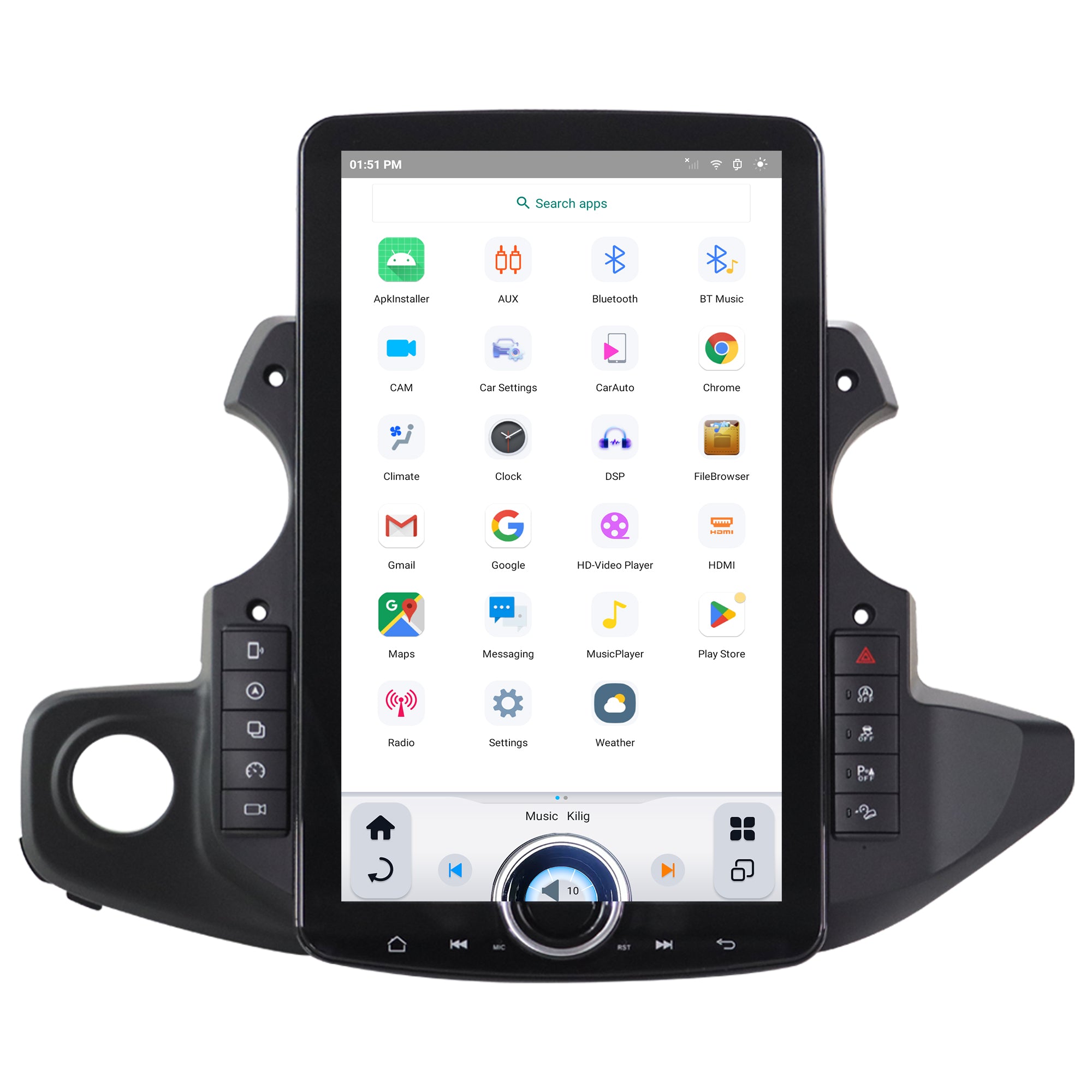
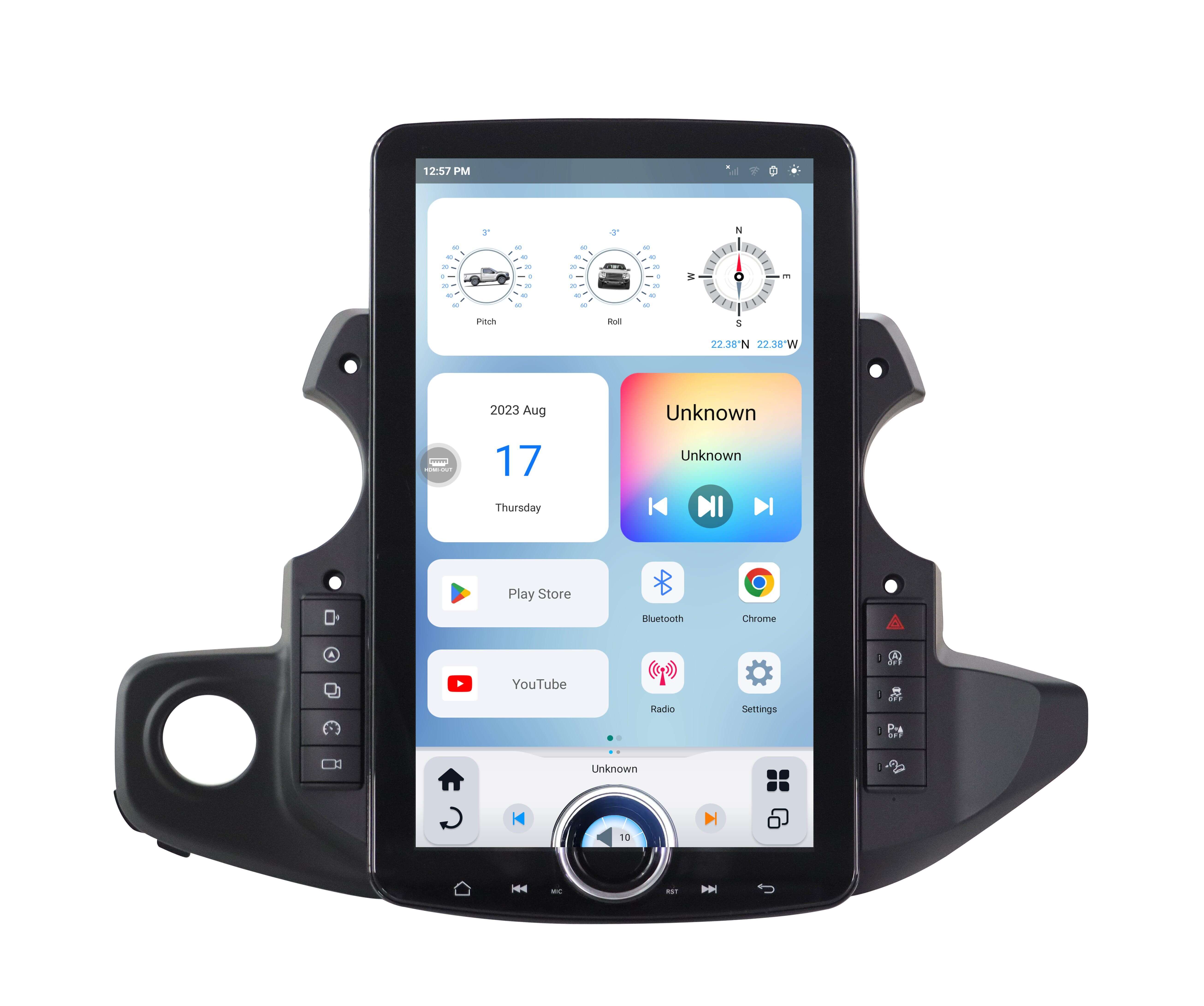
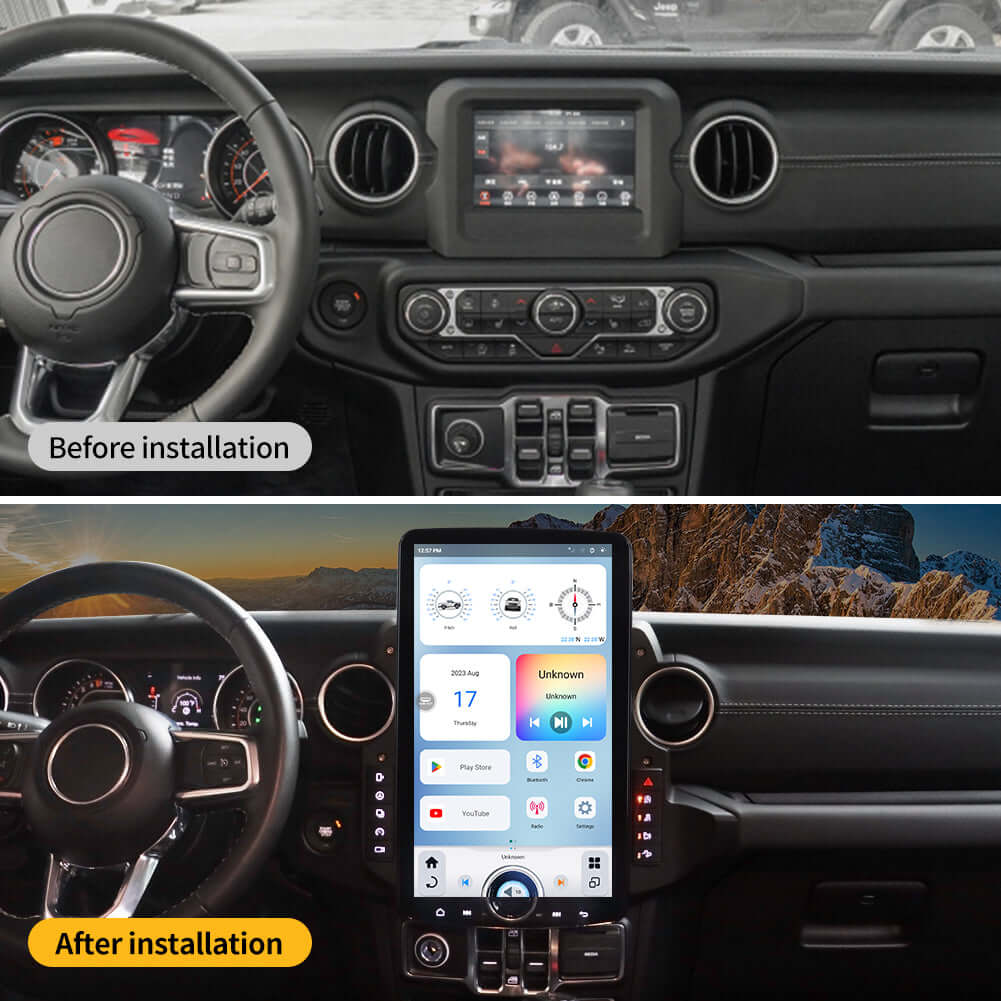
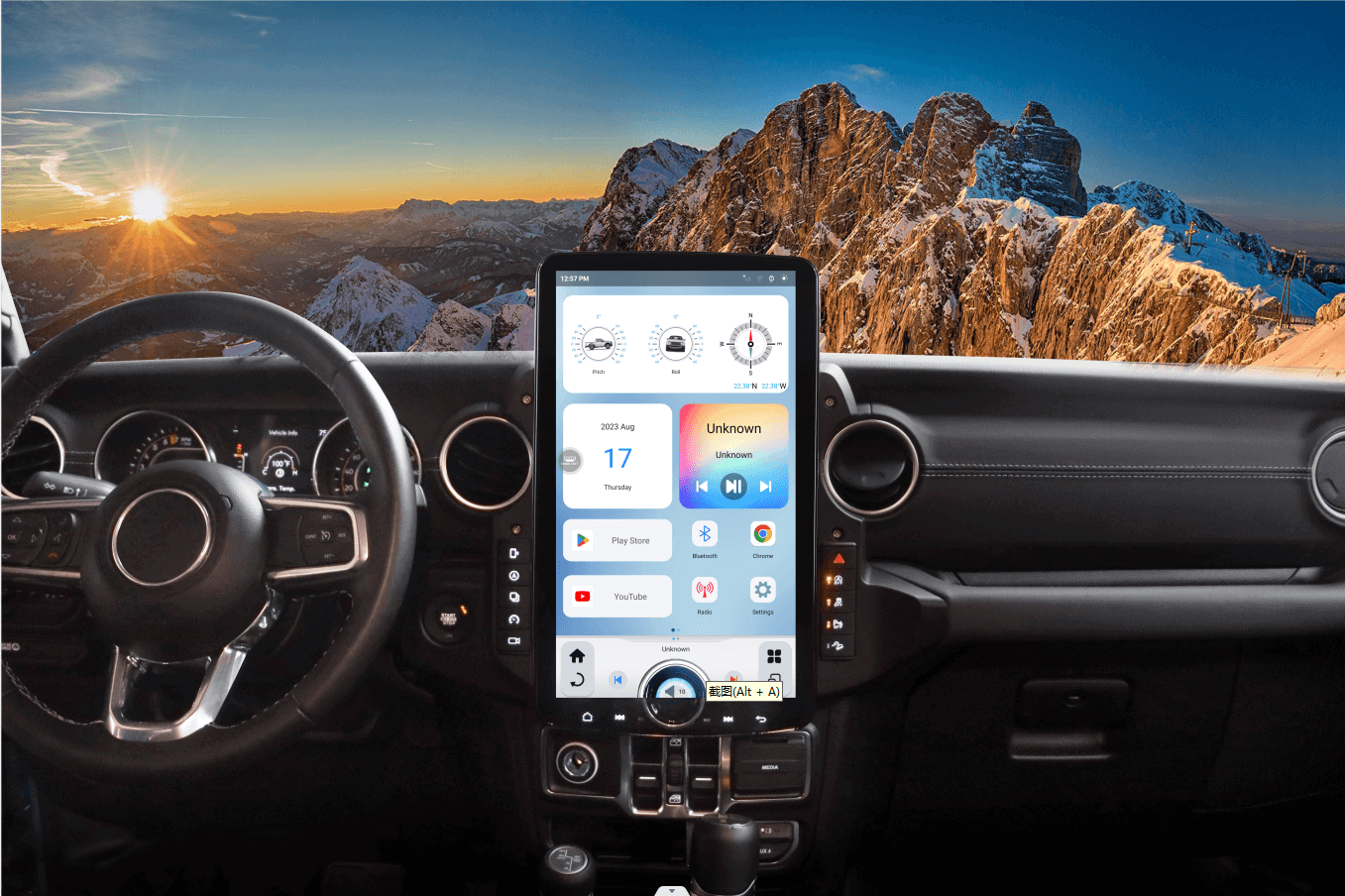
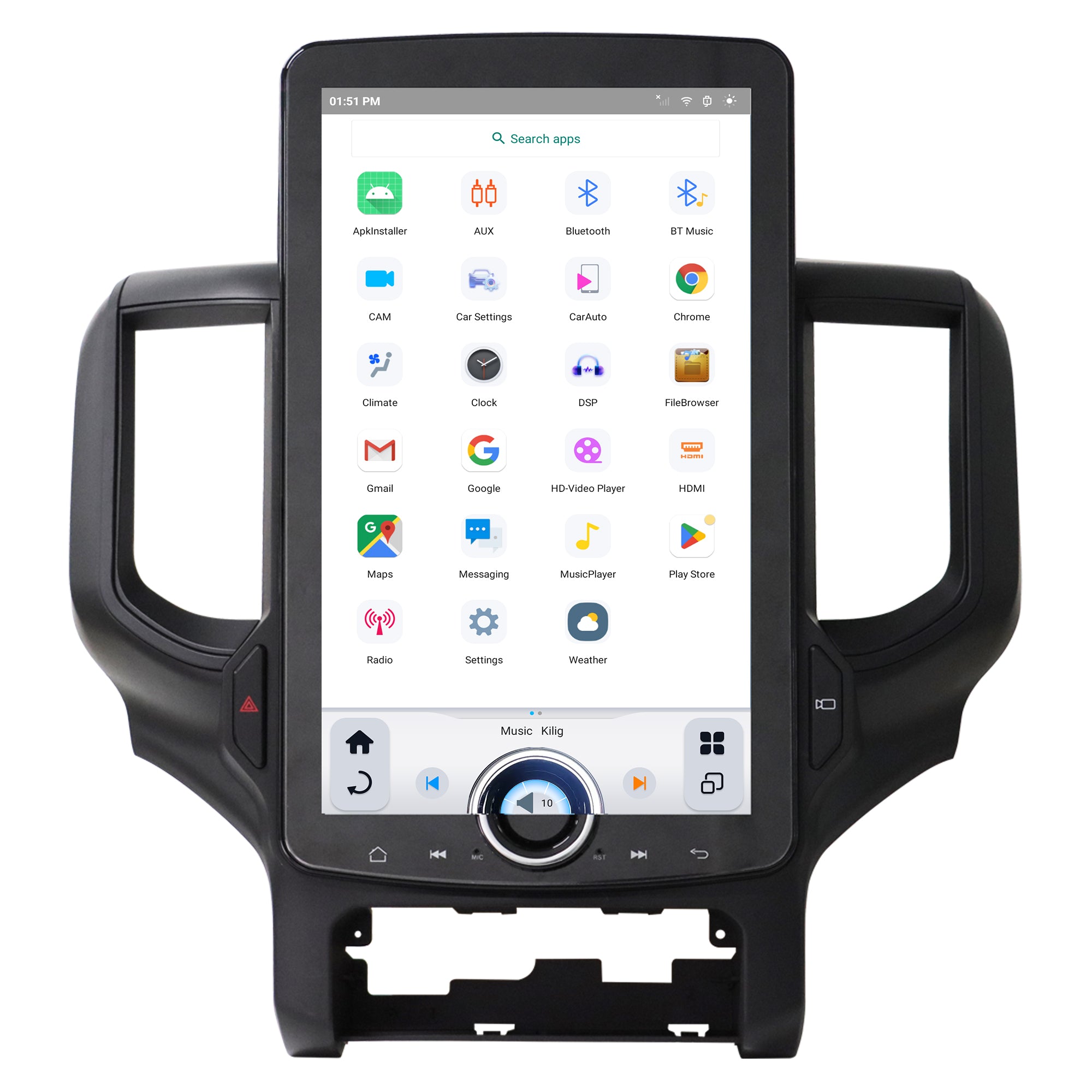

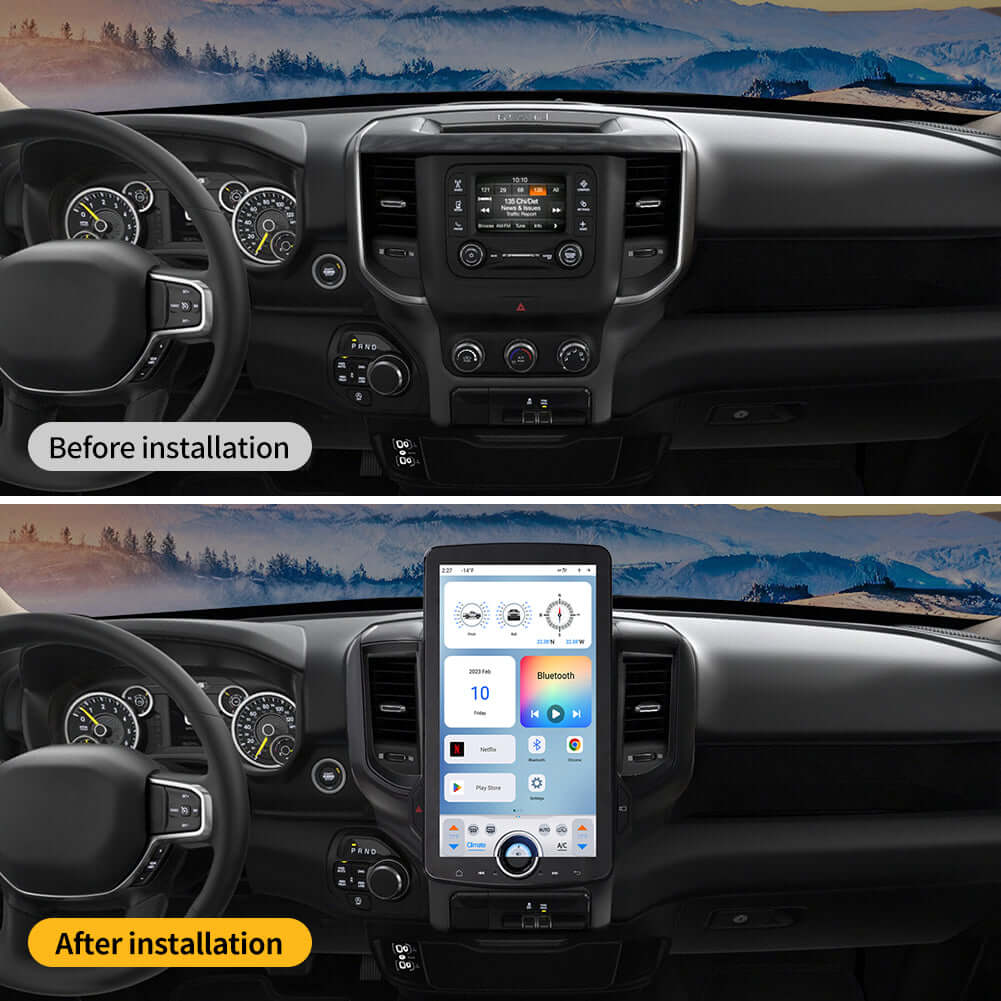
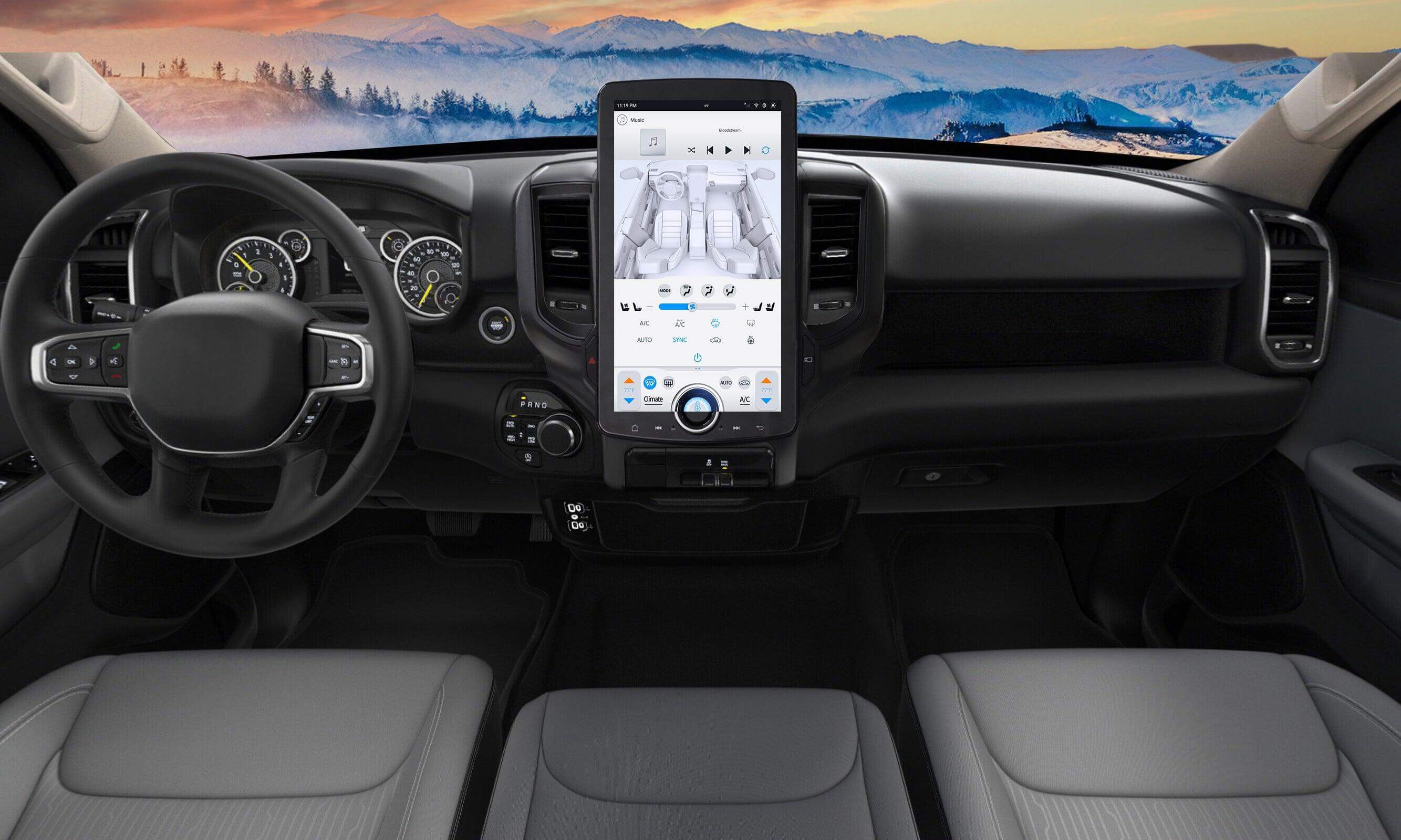
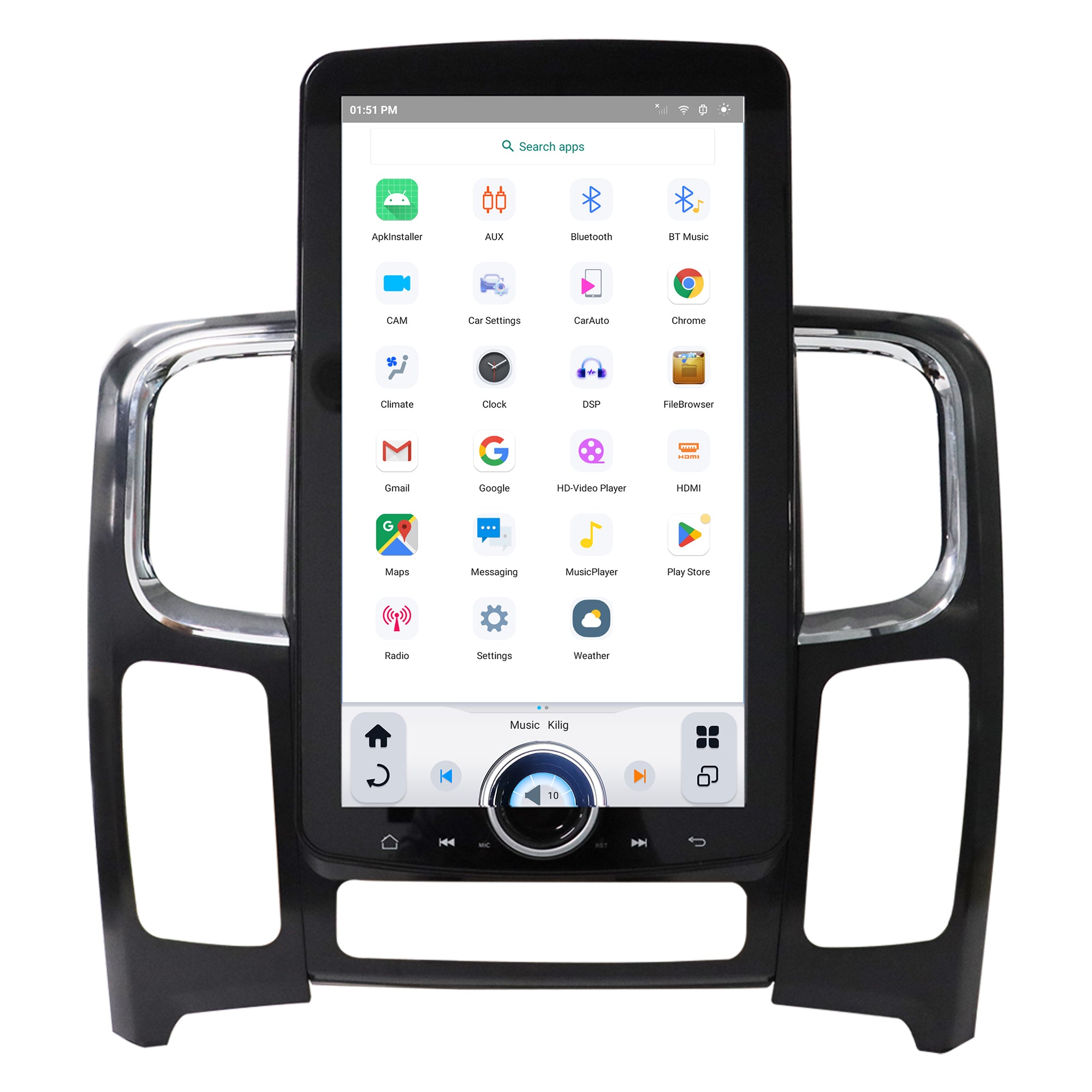
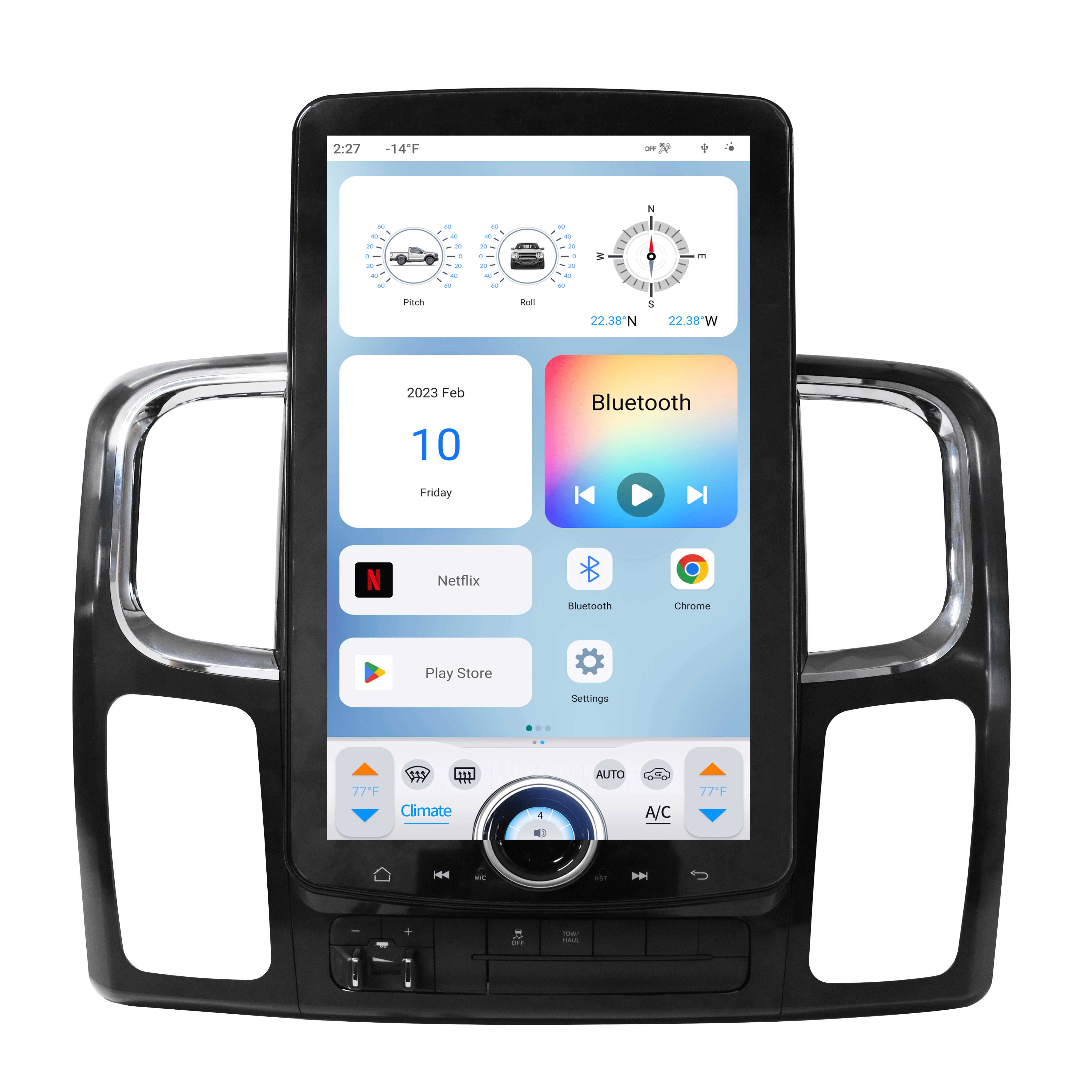
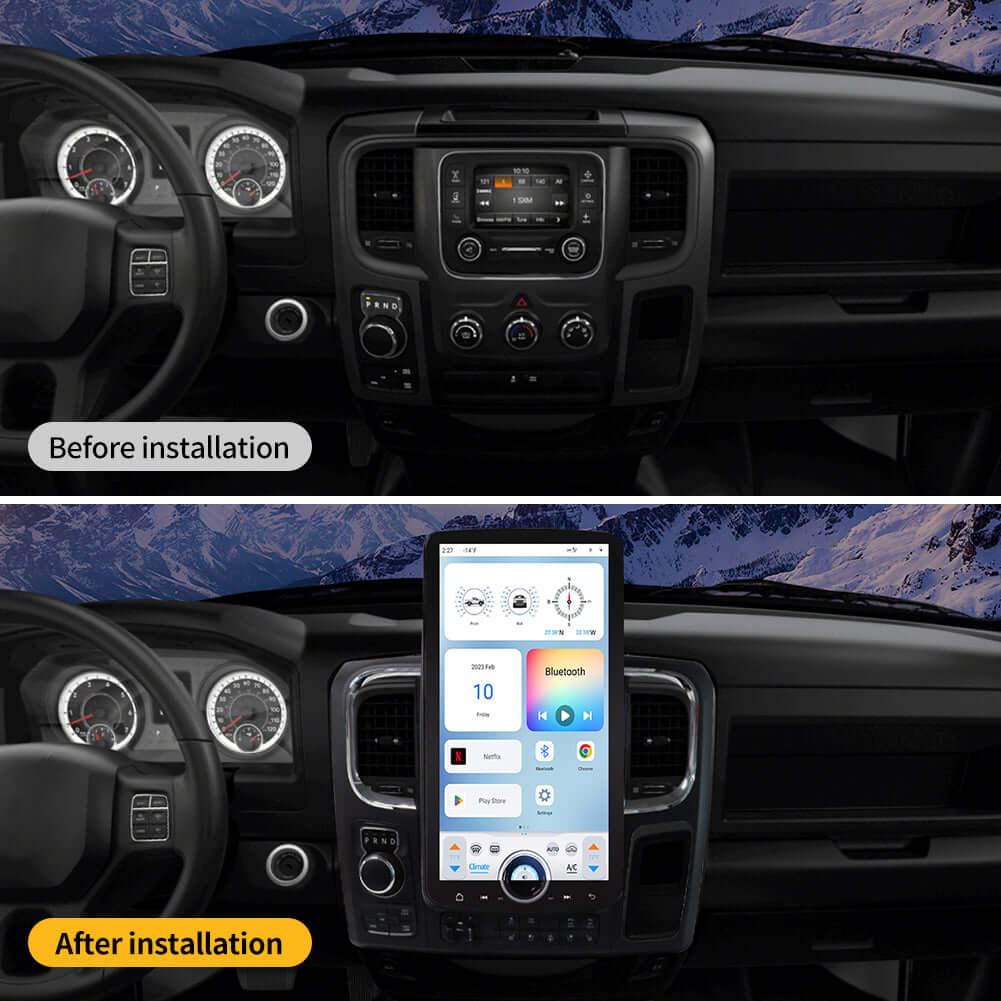
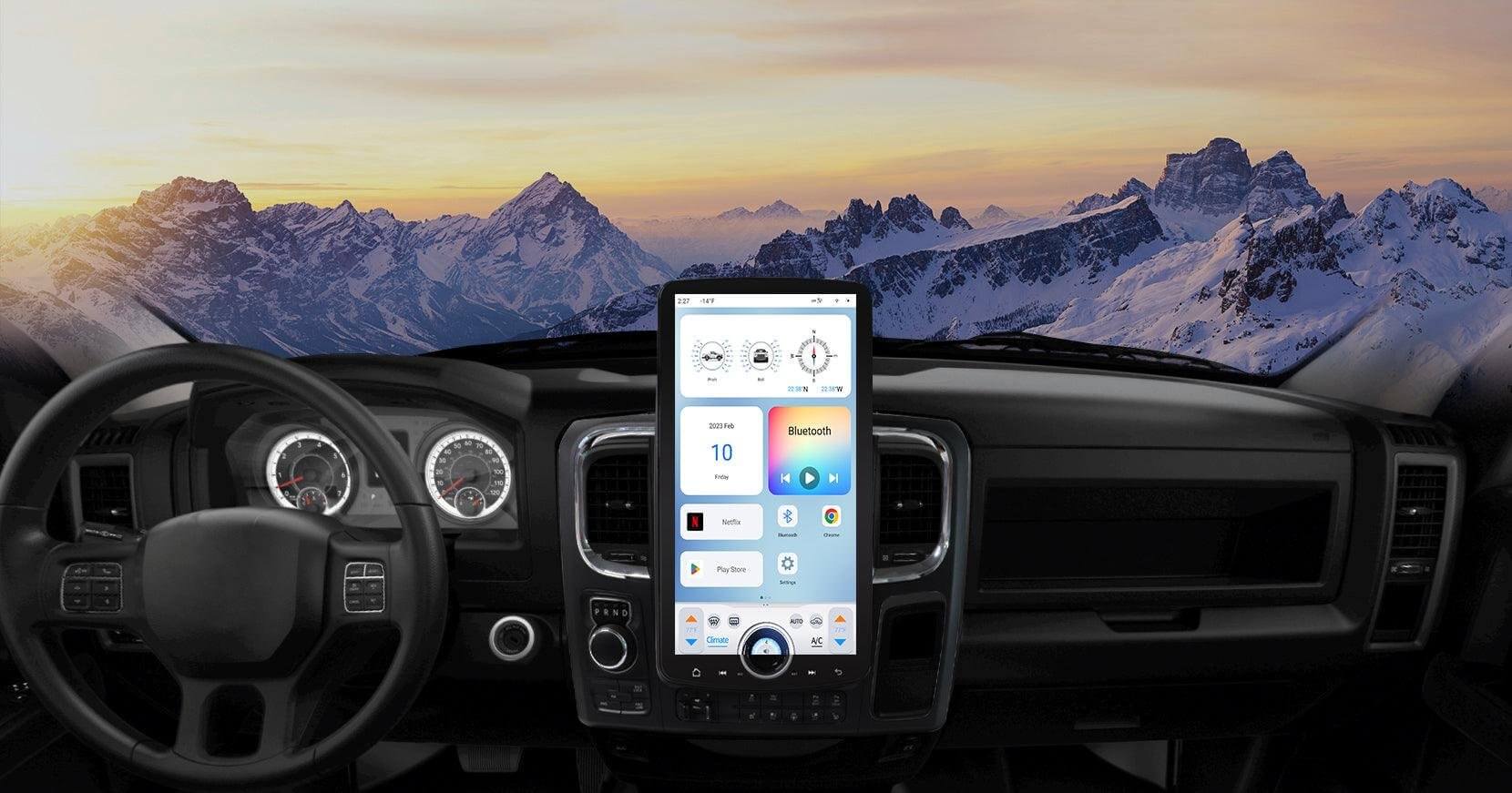

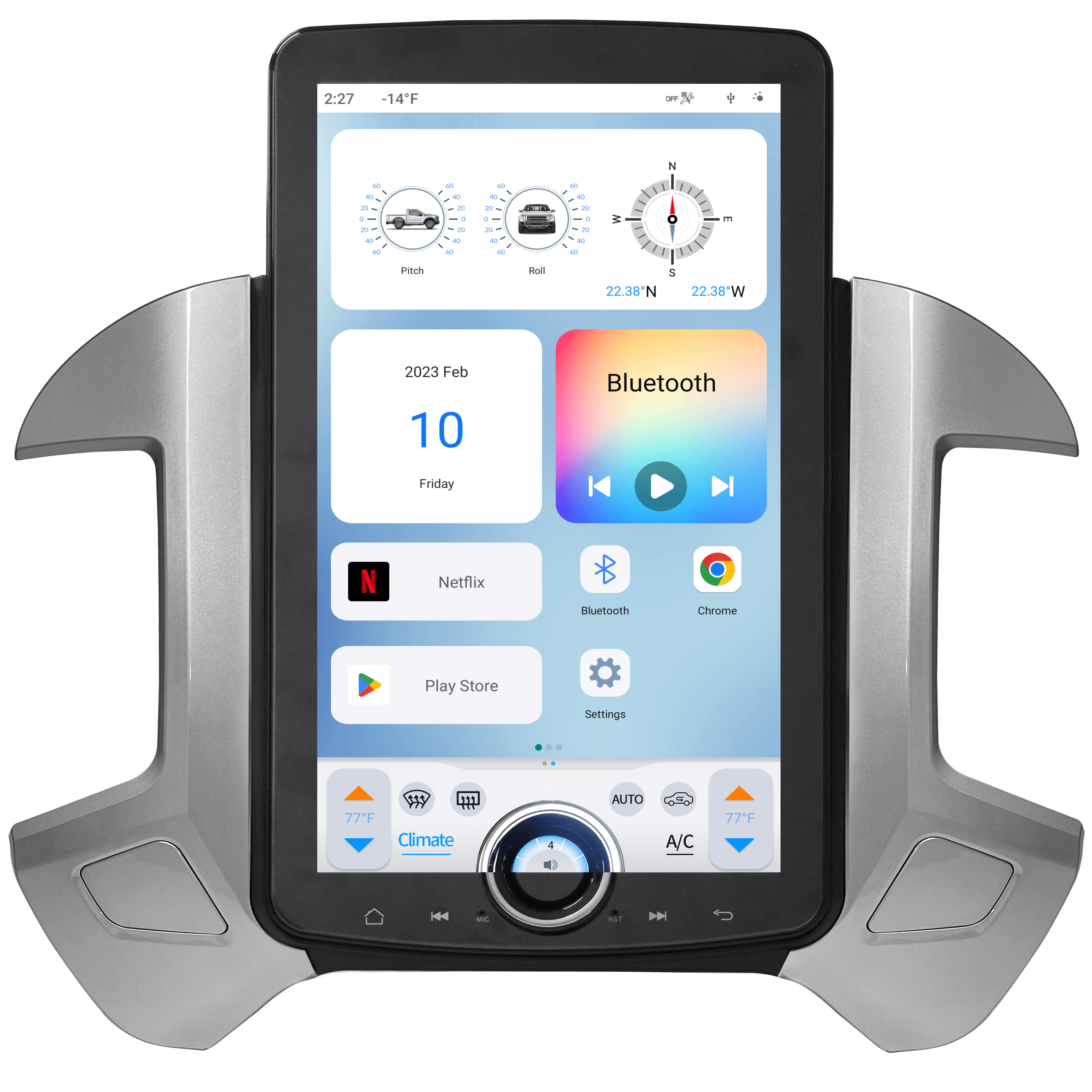
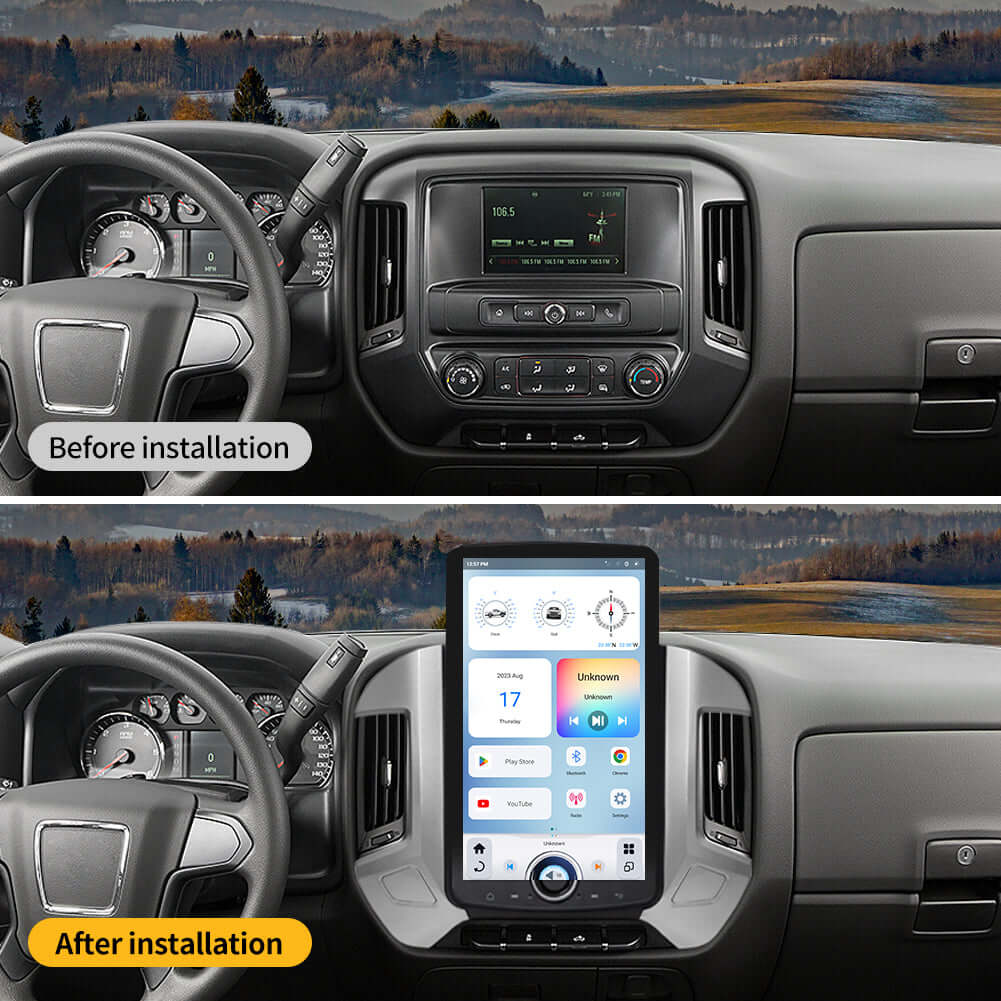
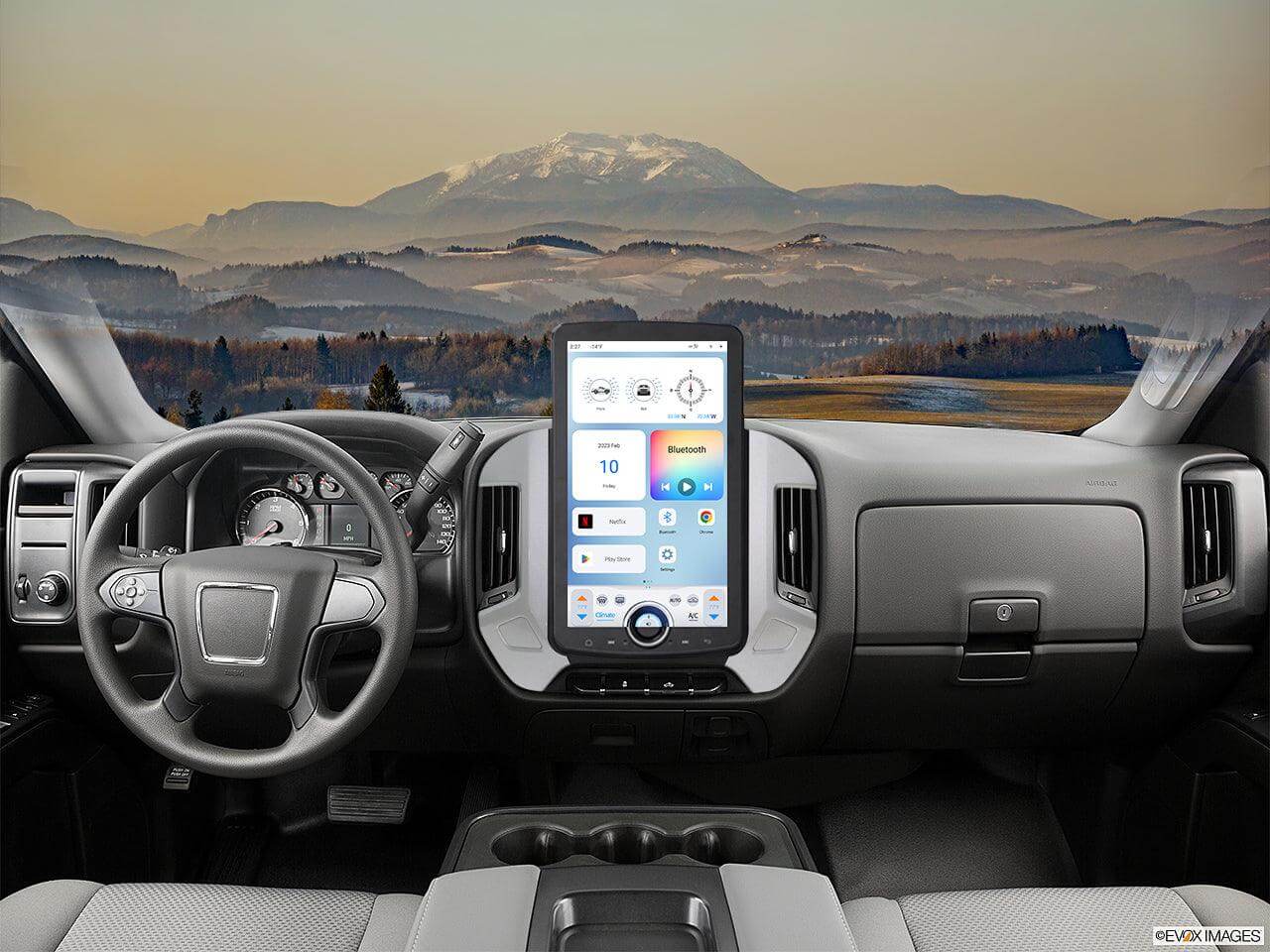



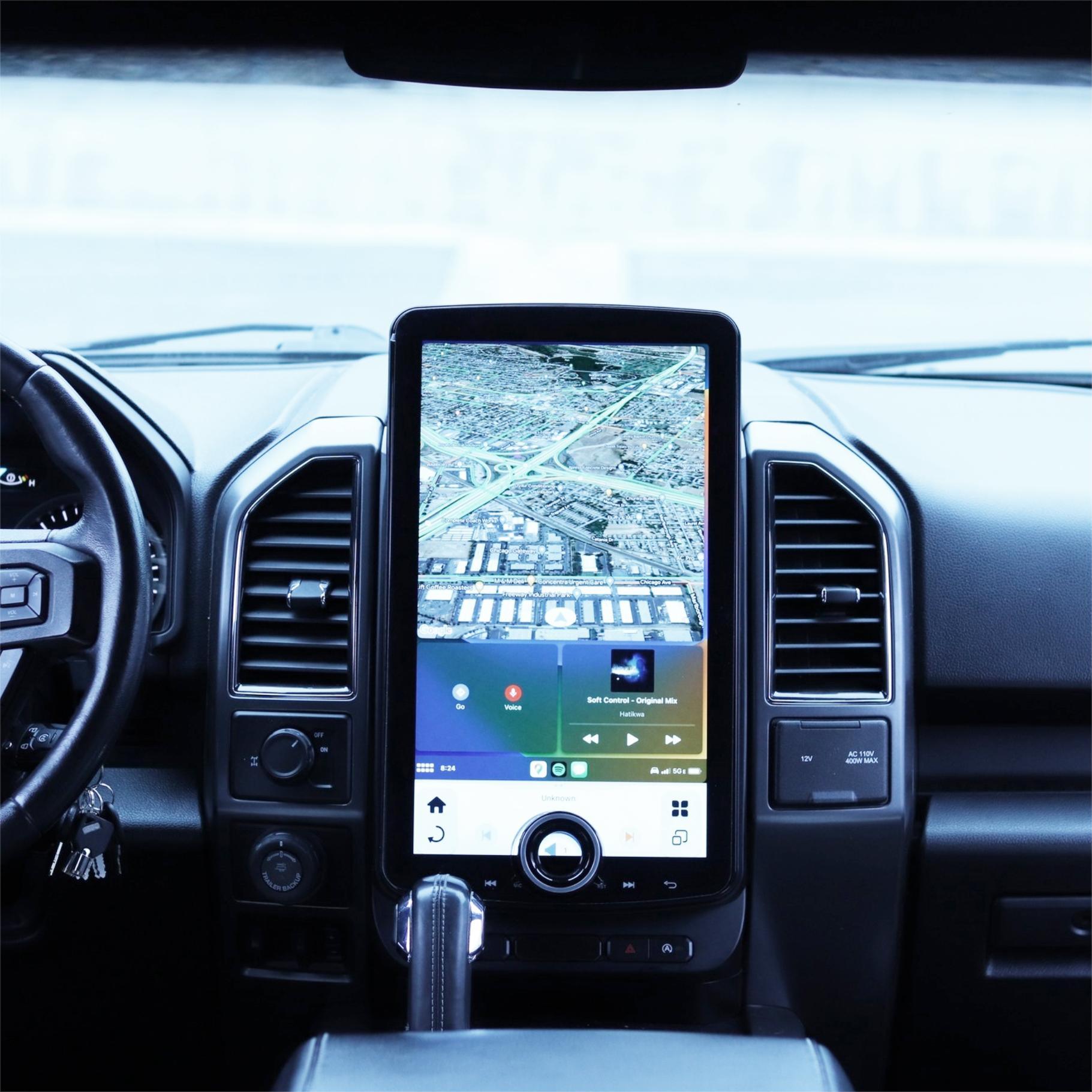
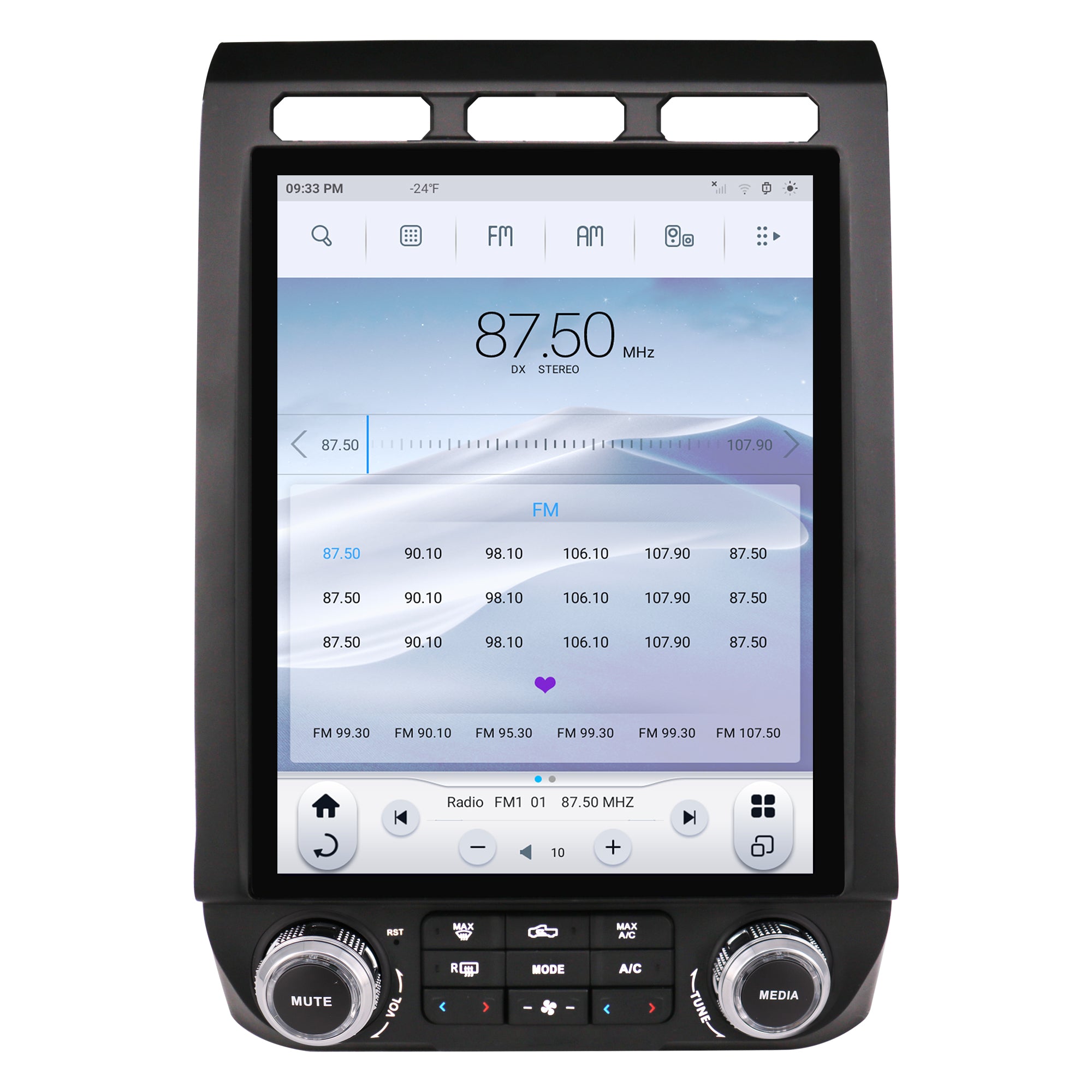
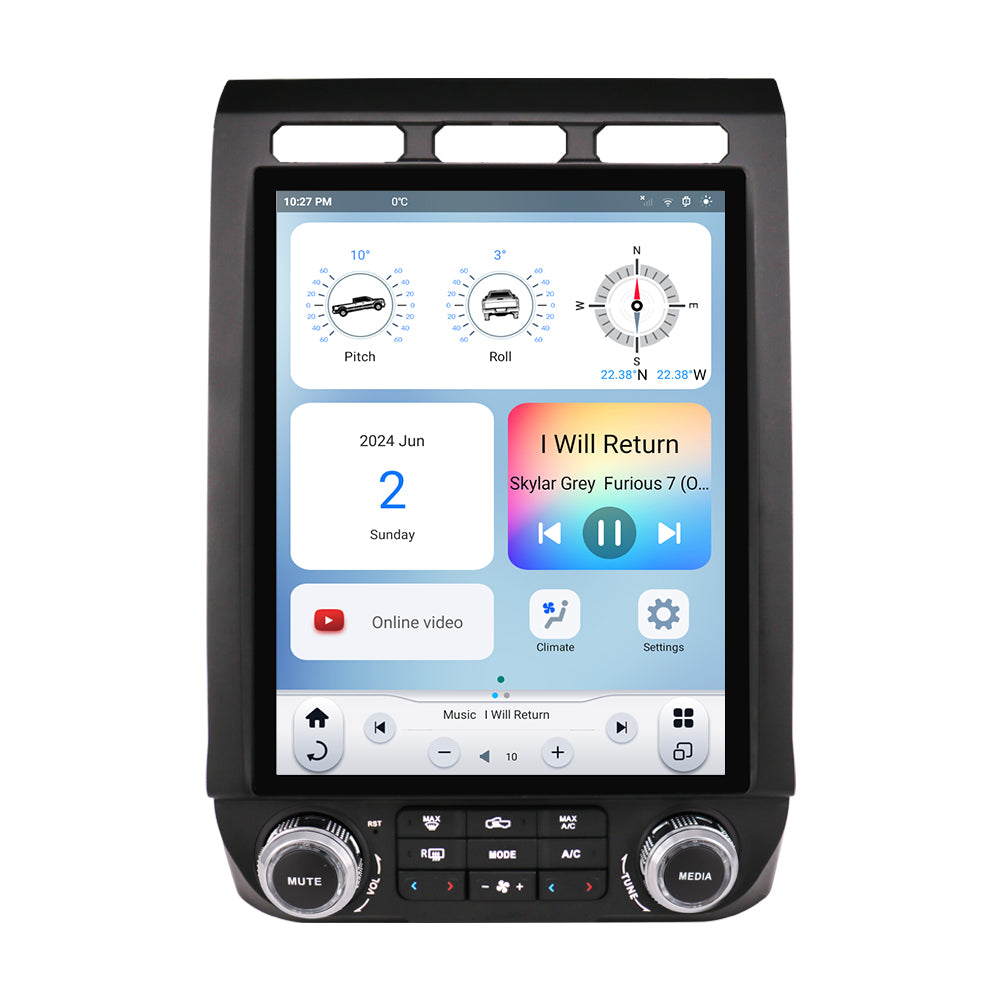
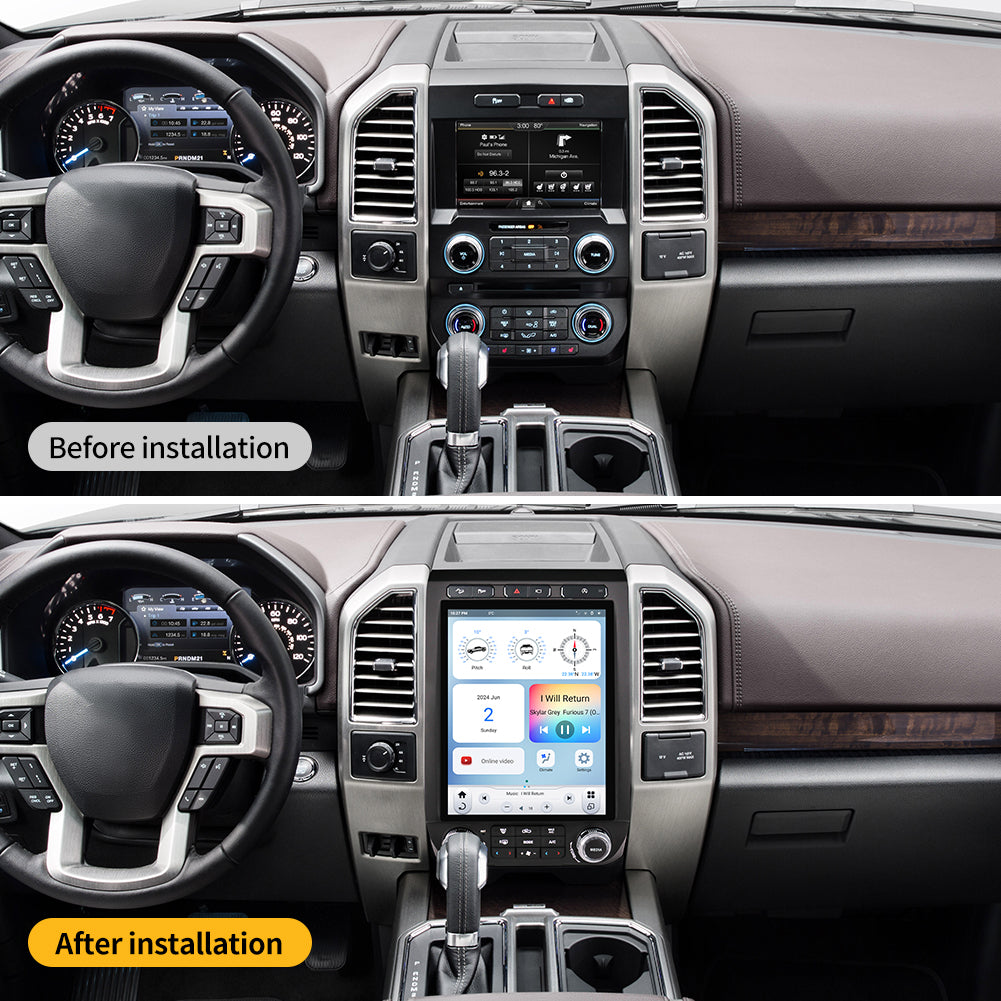
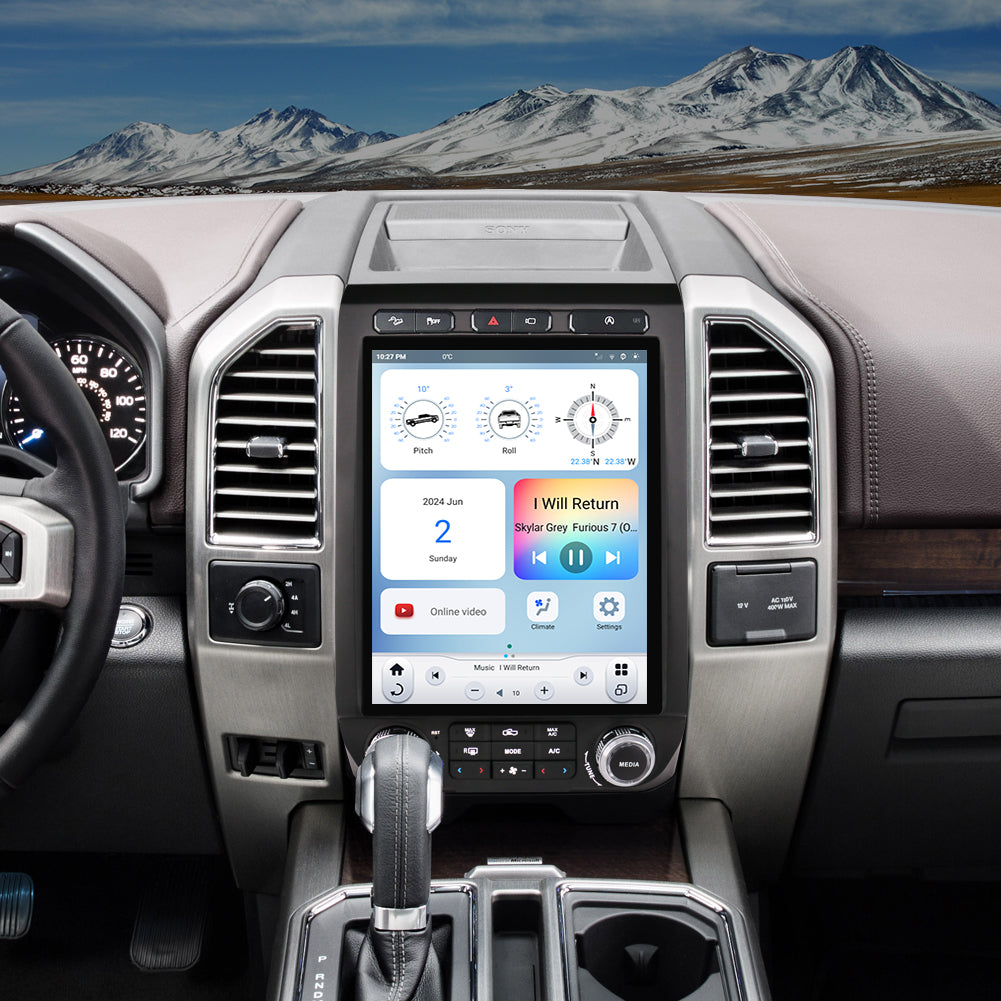
Share:
How to Build a Quality Audio System for Your Vehicle: A Step-by-Step Guide
How to Connect Your Smartphone to a Touchscreen Car Radio?